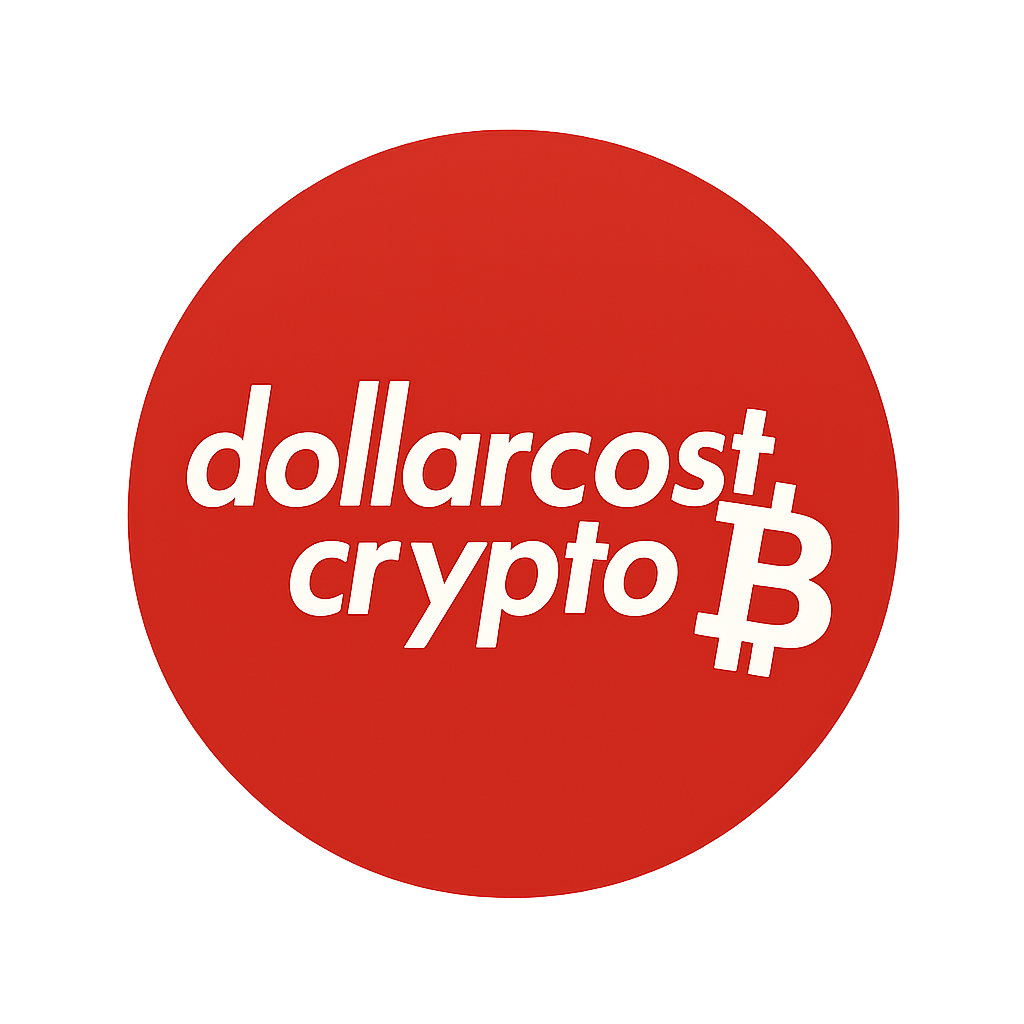Crypto for Beginners: Start Smart, Stack Secure
If you’re new to crypto, welcome to the rabbit hole. At DollarCostCrypto.com, we help beginners build long-term wealth by stacking Bitcoin consistently, not trading emotionally. In this guide, we’ll cover the basics of getting started with crypto safely:
What wallets are and why they matter
What "keys" really mean
Custody and security 101
Why we always recommend Bitcoin first
And why exchanges are useful—but not where you should store your coins
What Is a Wallet? (And Why You Really Need One)
A crypto wallet is how you store your cryptocurrency. Think of it like a digital vault for your Bitcoin and other assets. But here's the catch: owning crypto isn't just about having a wallet—it's about controlling your keys.
What Are "Keys"?
In crypto, your private key is what proves you own your coins. It’s like a digital password that unlocks access to your funds. If someone has your private key, they have full control of your crypto—just like a password to your bank account.
But instead of dealing with long, complicated codes, most wallets give you a seed phrase (usually 12 or 24 words). This phrase is your private key in human-readable form. Anyone with those words can access your coins—forever.
Private Key / Seed Phrase = Ownership
Lose it? You lose your crypto.
Share it? You risk losing everything.
That’s why where and how you store your keys is the most important part of being your own bank.
Custody: Who Holds the Keys?
There are two types of wallets, and the difference comes down to who controls the keys:
1. Custodial Wallets (on exchanges like Coinbase, Kraken, Crypto.com)
These wallets are controlled by the exchange. You don’t have access to the private keys—they do. While it’s convenient for buying and DCA’ing, you’re trusting someone else with your crypto.
“Not your keys, not your coins.” — Every experienced Bitcoiner ever
If the exchange goes down, gets hacked, or freezes withdrawals, you might not be able to access your funds.
2. Non-Custodial Wallets
These wallets give you full control. You hold your own seed phrase, and no one else can move your coins. This is real crypto ownership. But with that power comes responsibility: lose your seed phrase, and there’s no password reset.
Cold Wallets vs Hot Wallets
Hot wallets are connected to the internet. Great for small amounts or quick access (like mobile apps or browser extensions).
Examples: Exodus, Trust Wallet, BlueWallet
Cold wallets are offline and used for secure, long-term storage. These are the safest way to protect your stack.
Top Cold Wallet Options:
Ledger Nano X / Nano S Plus
Trezor Model T / Trezor One
Razor (newer, growing in popularity)
Coldcard (for the ultra-secure Bitcoiner)
We’ll drop our affiliate links for these trusted wallets at the end of this post once you're ready to secure your stack.
Why Start with Bitcoin Before Altcoins?
There’s a reason why we stack Bitcoin first—and always.
Bitcoin is the most secure and decentralized network in crypto.
It has a fixed supply of 21 million coins.
It’s battle-tested, trusted, and global.
Most altcoins are speculative and risky—they can pump hard, but they also crash hard.
Before you even think about Ethereum, Solana, or meme coins—make sure you’ve built a strong Bitcoin foundation first. Learn the basics, master security, and understand what you're investing in.
DCA into Bitcoin consistently, hold it securely, and zoom out.
Why Exchanges Are Useful, But Not Safe for Storage
Exchanges like Coinbase, Kraken, and Crypto.com are great for:
Setting up recurring buys (DCA)
Converting fiat into crypto
Getting started quickly
But they’re not great for storage. Keeping your crypto on exchanges means you’re trusting someone else with your money.
Best practice:
Buy your Bitcoin on an exchange
Set up automated recurring purchases
Transfer it to your personal wallet (preferably a cold wallet)
This way, you're using the exchange as an on-ramp—but securing your wealth on your own terms.
Beginner Security Tips
Never share your seed phrase (12 or 24-word backup) with anyone.
Write your seed down and store it offline. Don't take screenshots.
Use 2FA (two-factor authentication) on all exchange accounts.
Avoid holding large amounts in mobile apps or browser wallets.
Double-check wallet addresses before sending crypto.
Consider a metal backup plate for storing your seed phrase long-term.
Recap: Your Beginner Crypto Plan
Start with Bitcoin.
Use Coinbase, Kraken, or Crypto.com to set up DCA.
Learn how to use a cold wallet (Ledger, Trezor, etc.).
Move your Bitcoin off exchanges and into self-custody.
Stay consistent, stay patient—and let your stack grow.
Final Thoughts
At DollarCostCrypto.com, we’re here to help you stack Bitcoin the smart way, and that means owning your coins, securing them properly, and focusing on the long term—not hype.
If you're ready to secure your stack, we’ll be adding our trusted affiliate links for Ledger, Trezor, and other cold wallet providers so you can start protecting your future like a pro.
